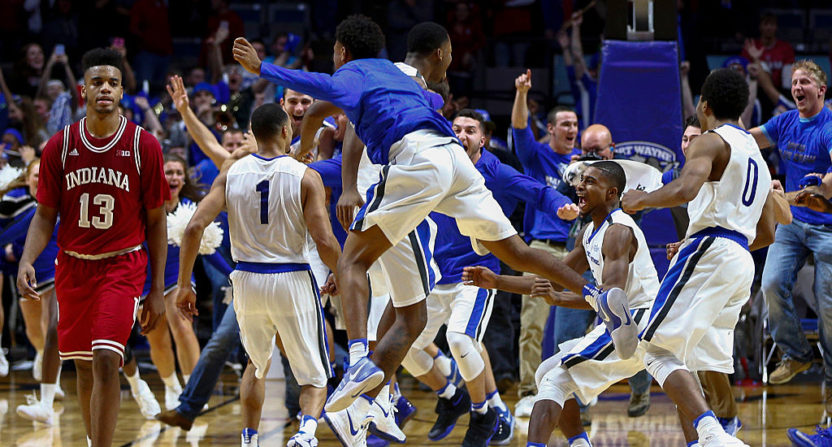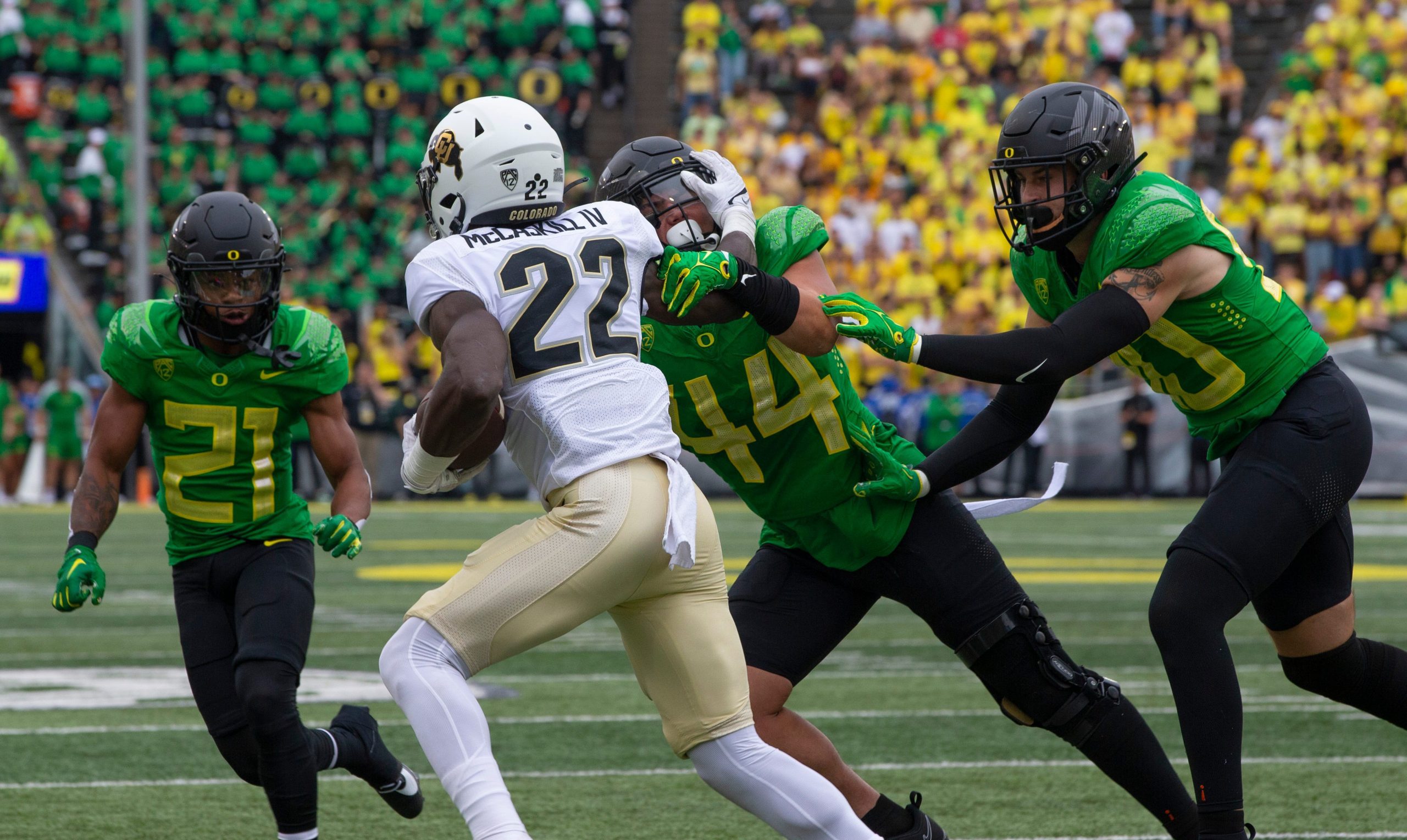Scheduling has become so difficult for winning mid-major programs that coaches have even taken to social media to find quality non-conference opponents. And finding high-major programs willing to play less prestigious teams will only get more difficult starting in 2018-19 with the Big Ten moving to a 20-game conference schedule. The Big Ten joins the ACC in this endeavor, although the ACC won’t put the change into effect until 2019-20. With this becoming the new norm, it wouldn’t be surprising to see the SEC and Pac-12 follow suit eventually. (The Big East and Big 12, with 10 teams each, will stay at 18 games barring more conference realignment expanding those leagues.)
There’s a lot to like about expanding the conference season for high-majors. While non-conference play provides some enjoyable rivalries as well as matchups we don’t see often, the meat of the season has and always will be conference play, when the intensity picks up and the need for quality gameplanning and impeccable execution heighten. Now we get two more games of the latter, and two fewer of the former.
But unfortunately, the two games lost won’t come from the boring cupcakes that nobody wants to watch. Those Michigan State-Southern Utah and Kentucky-Troy matchhups will continue to populate November and December calendar. Instead, college basketball fans will lose out on the already-rare occasion when a top-50 program plays a mid-major sleeper.
In terms of the average fan’s perception of a big-time program, losing to any mid-major program looks bad, with the exception of Gonzaga (and Wichita State if you consider the American a mid-major league). It doesn’t matter that, for example, UNC-Wilmington was better than Providence, Cal, Illinois and more last season, according to Kenpom rankings. Losing to the UNC-Wilmington sounds worse than losing to Stanford, even though Stanford wasn’t even ranked in the top 100.
Teams can play a maximum of 31 games in the regular season, including up to four games in a multi-team event or tournament during non-conference play. Most programs participate in MTEs, everyone plays in the Big Ten/ACC Challenge, and eight teams play in the Gavitt Games against Big East opponents. That leaves five games for programs to schedule on their own.
And that’s before we even get to yearly rivalry games. In the Big Ten, there’s Wisconsin-Marquette, Illinois-Missouri, Iowa-Iowa State, Northwestern-DePaul, Rutgers-Seton Hall, Michigan State in the Champions Classic, Indiana and Purdue in the Crossroads Classic, and Ohio State in the CBSSports Classic.
The Big Ten has created a situation where its programs won’t want to schedule quality mid-majors without seeming like wusses. Coaches around the conference always discuss “the grind” of playing a Big Ten schedule. And that’s true; conference play is tough in any league. Teams play multiple games per week against opponents that know every thing about their personnel and gameplans with a conference title, NCAA Tournament bids and seeding on the line. Moving from 18 to 20 games will only make that portion of the schedule more difficult. When a program is already guaranteed 25 or more games against high-major opponents, you can understand why they’d want to fill the remainder of their schedule with the Mississippi Valley States — or even non-D1 teams — of the world.
While high-major programs will get an RPI for playing more conference games, teams in one-bid leagues will suffer. You never know the exact reason a bubble team makes or misses the tournament, but there’s usually a pretty good idea. Last season, Illinois State went to the NIT despite a 27-6 record because they went 1-2 against Wichita State in the MVC and their best non-conference win was against…Tulsa? New Mexico? Take your pick. The Redbirds’ only chance for a quality non-conference win was against TCU, which also fell shy of a NCAA Tournament bid.
When the committee takes mid-major sleepers out of the tournament in favor of, say, a 20-13 Kansas State team as they did last year, March loses a portion of its luster. And Illinois State is just one of several examples when potential Cinderellas missed out on making the field for lack of opportunity as much as anything.
Again, it’s hard to fault the ACC and the Big Ten for making this change, and we’ll get more intense conference games to watch. January and February (and half of December — you’ve got to fit those extra two games in somewhere –) will be even better because of it. But March and the mid-majors will suffer.






